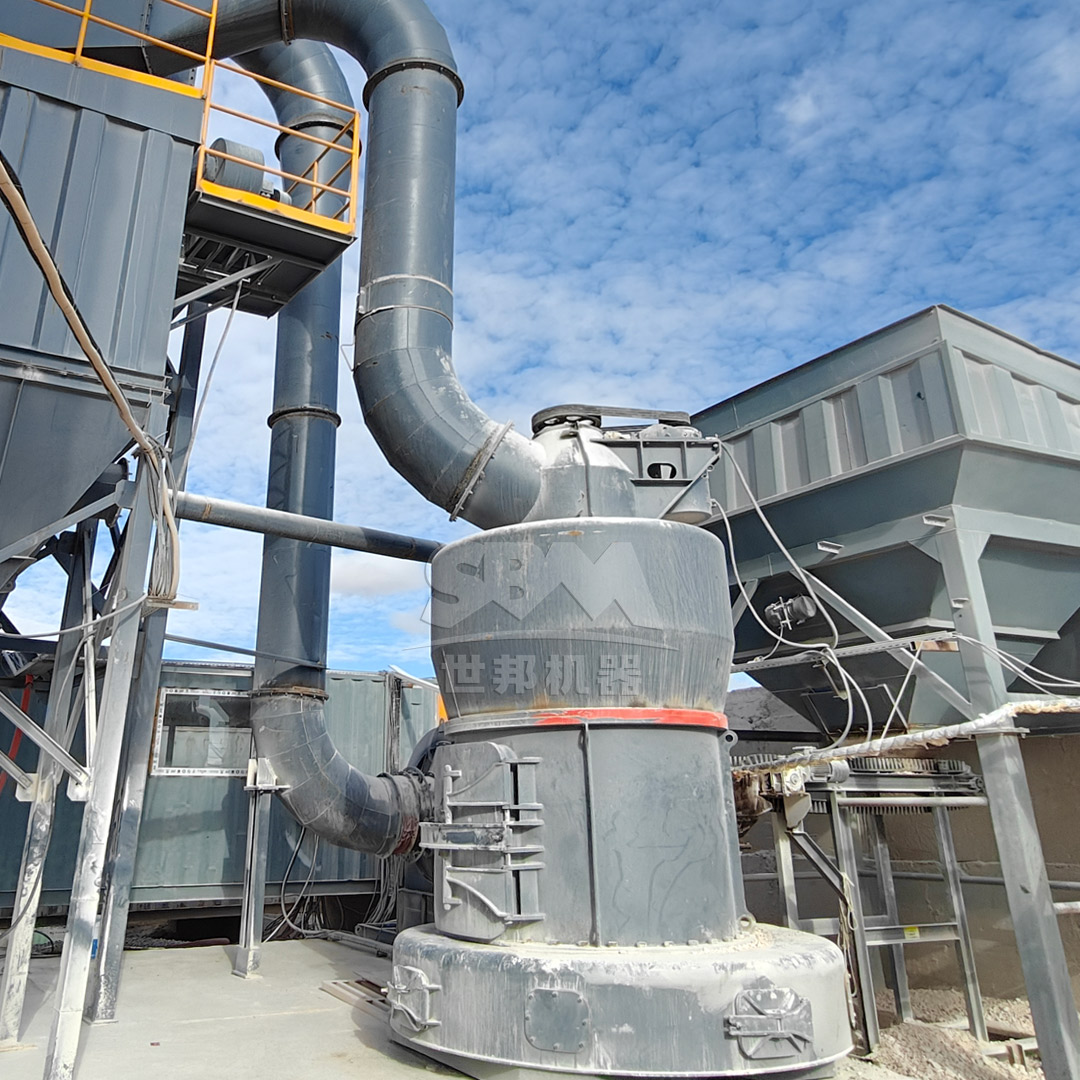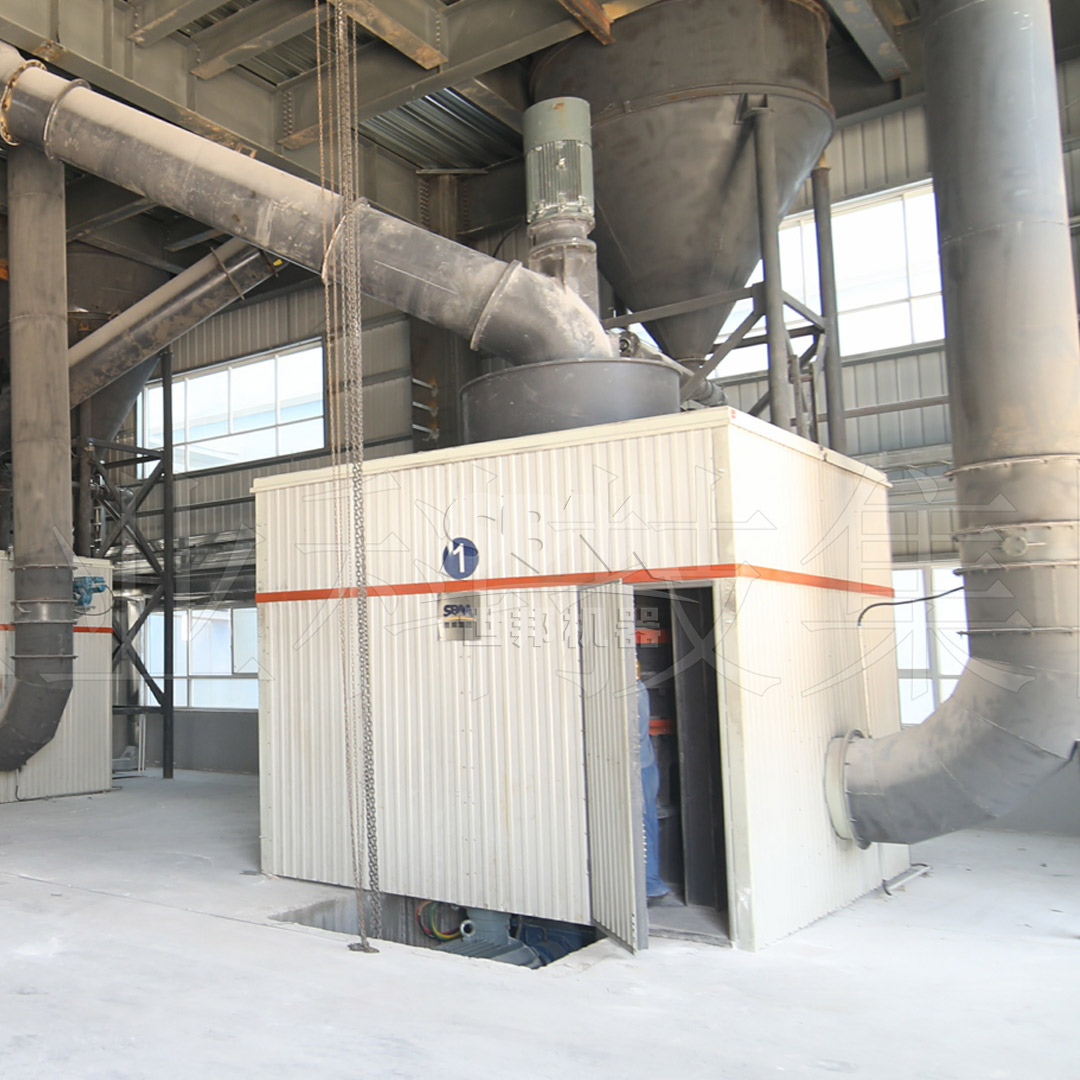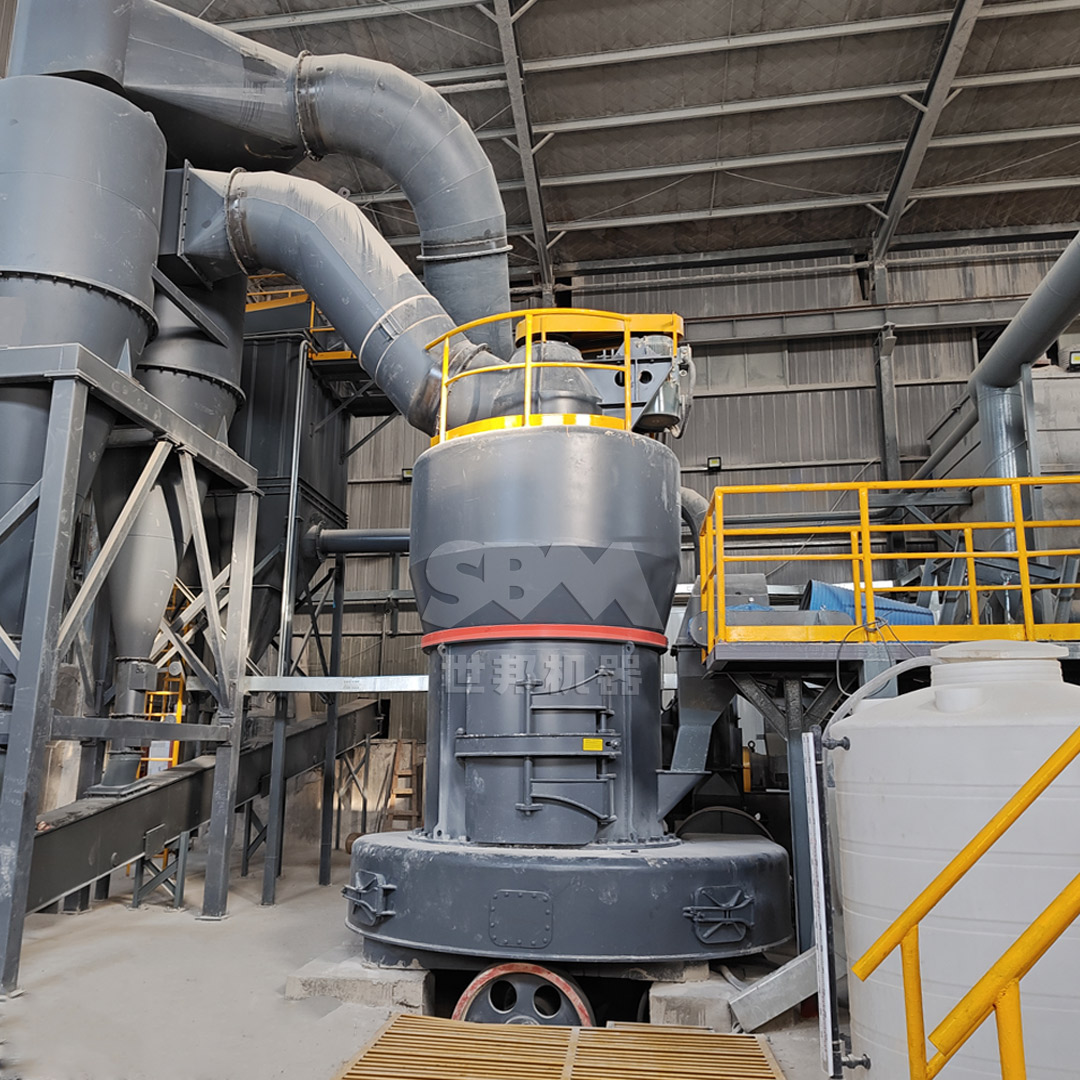Dolomite, a calcium magnesium carbonate mineral (CaMg(CO3)2), plays a crucial role as a soil conditioner and magnesium source in modern fertilizer production. The effectiveness of dolomite as a fertilizer additive is heavily dependent on its particle size distribution and chemical purity. Selecting the appropriate grinding mill is therefore paramount for optimizing nutrient availability, improving soil structure, and ensuring cost-effective production. This comprehensive guide will explore the key factors to consider when choosing a dolomite grinding mill for fertilizer additive production and highlight some of the most effective solutions available.

The optimal particle size for dolomite in fertilizer applications typically ranges from 30 to 325 mesh (45-600μm). Finer particles (325-2500 mesh) are required for specialized slow-release fertilizers or foliar applications where rapid nutrient availability is essential. Coarser materials (30-100 mesh) are suitable for general soil conditioning where gradual release is preferred.
Fertilizer production facilities vary significantly in scale, from small regional operations to large industrial plants. Your grinding equipment must match your production requirements, which can range from 0.5 tons per hour for specialized products to over 100 tons per hour for bulk fertilizer production.
Grinding operations typically account for 30-50% of total energy consumption in mineral processing plants. Energy-efficient mills can significantly reduce operational costs while minimizing environmental impact.
The wear resistance of grinding components, frequency of maintenance intervals, and ease of replacement parts directly impact long-term operational expenses and production uptime.
Modern grinding systems must meet strict environmental standards for dust emissions (typically <20mg/m³) and noise pollution (<85dB) to ensure worker safety and regulatory compliance.
For fertilizer applications requiring very fine dolomite powder (325-2500 mesh), ultrafine grinding mills offer unparalleled performance. Our SCM Ultrafine Mill series represents the cutting edge in fine grinding technology, specifically engineered for materials like dolomite used in premium fertilizer formulations.
Key Advantages for Fertilizer Production:
| Model | Capacity (ton/h) | Main Motor Power | Feed Size | Output Fineness |
|---|---|---|---|---|
| SCM800 | 0.5-4.5 | 75 kW | 0-20mm | 325-2500 mesh |
| SCM900 | 0.8-6.5 | 90 kW | 0-20mm | 325-2500 mesh |
| SCM1000 | 1.0-8.5 | 132 kW | 0-20mm | 325-2500 mesh |
| SCM1250 | 2.5-14 | 185 kW | 0-20mm | 325-2500 mesh |
| SCM1680 | 5.0-25 | 315 kW | 0-20mm | 325-2500 mesh |
The SCM series operates through a multi-layer grinding principle where dolomite is centrifugally dispersed into the grinding track and progressively refined through roller compression across multiple layers, culminating in efficient powder collection via cyclone separators and pulse dust removal systems.

For large-scale fertilizer production facilities requiring high capacity with moderate fineness (30-325 mesh), vertical roller mills offer an excellent balance of efficiency, reliability, and cost-effectiveness. Our LM Vertical Roller Mill series provides integrated crushing, grinding, and separation in a single compact unit.
Key Advantages for Fertilizer Production:
The LM series operates through a centralized feeding system where dolomite enters through the center feed chute and spreads evenly across the grinding table via centrifugal force. Hydraulically loaded grinding rollers apply compressive force to achieve bed comminution, with qualified fine powder carried by hot air to the classifier while coarse material returns for regrinding.
For fertilizer producers seeking a robust, versatile solution for medium-fineness dolomite powder (30-325 mesh), the MTW Series Trapezium Mill offers exceptional reliability and ease of maintenance.
Key Advantages for Fertilizer Production:
| Mill Type | Optimal Fineness Range | Capacity Range (ton/h) | Energy Efficiency | Best Application |
|---|---|---|---|---|
| SCM Ultrafine Mill | 325-2500 mesh | 0.5-25 | Excellent | Premium/Specialty Fertilizers |
| LM Vertical Roller Mill | 30-325 mesh | 3-250 | Very Good | Large-Scale Production |
| MTW Trapezium Mill | 30-325 mesh | 3-45 | Good | Medium-Scale Production |
| Ball Mill | 0.074-0.8mm | 0.65-450 | Fair | General Purpose |
If your operation focuses on high-value specialty fertilizers requiring ultra-fine dolomite (325 mesh and finer) with production capacities under 25 tons per hour, the SCM Ultrafine Mill series provides the optimal solution. Its precise classification system ensures consistent particle size distribution critical for controlled-release fertilizers, while its compact design and low noise operation make it suitable for facilities with space and environmental constraints.
For operations requiring high-volume production of standard fertilizer grades with fineness between 30-325 mesh, the LM Vertical Roller Mill offers superior efficiency and lower operating costs. Its integrated design reduces the need for multiple processing stages, while its high capacity (up to 250 tons/hour) supports bulk fertilizer manufacturing. The minimal footprint allows for flexible plant layout, and the intelligent control system simplifies operation in continuous production environments.
The MTW Series Trapezium Mill represents an excellent balance of performance and affordability for fertilizer producers with medium capacity requirements (3-45 tons/hour). Its robust construction and simplified maintenance make it particularly suitable for operations in regions with limited technical support availability, while still delivering the consistent quality required for effective fertilizer additives.

Selecting the appropriate dolomite grinding mill for fertilizer additive production requires careful consideration of your specific product requirements, production scale, and operational constraints. For ultra-fine applications demanding precise particle size control, the SCM Ultrafine Mill series delivers unmatched performance and efficiency. For large-scale operations prioritizing throughput and operational economy, the LM Vertical Roller Mill provides an optimal solution. Meanwhile, the MTW Trapezium Mill offers a reliable, cost-effective option for medium-scale production. By understanding the capabilities and advantages of each mill type, fertilizer producers can make informed decisions that optimize both product quality and production economics, ensuring their dolomite additives deliver maximum agronomic benefits while maintaining competitive production costs.